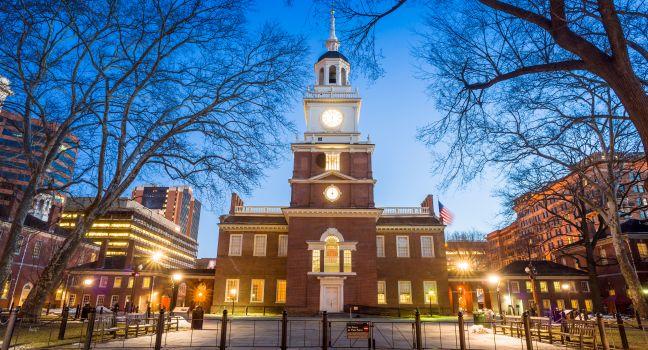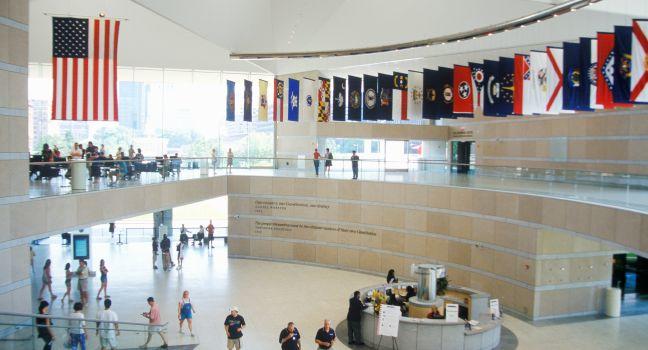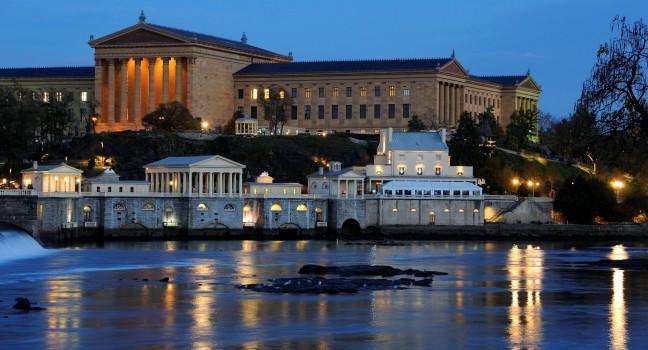Barnes Foundation
Nearly sequestered from public view for a century in Lower Merion, Pennsylvania, this legendary collection of 19th- and 20th-century masterpieces made world headlines when it relocated to this spectacular new home in May 2012. While the statistics are impressive—81 Renoirs, 69 Cézannes, 59 Matisses, 46 Picassos, 7 Van Goghs, 6 Seurats (and many more)—almost more inspiring is this soaring marble-and-glass museum. Largely thanks to a brilliant modernist setting, the greatness of this collection of art is only now revealed, due to a new design that lends a sense of intimacy between viewer and object, while at the same time increasing one's appreciation of capital-A art.
The collection was amassed (in the 1920s and 1930s) thanks to the millions Dr. Albert C. Barnes made in pharmaceuticals. As a theorist, he wanted to help people "see as an artist saw" and to do this, he created for each gallery wall an "ensemble" of mirror-like symmetry: a Matisse could hang side-by-side with a Goya, above an African sculpture, and below a Old Master sketch and a French tin shoe buckle. As his will decreed that nothing could be changed, everything had to be transported—lock, stock, and Modigliani—to this new showcase.
Warmed by walls of tawny-colored Negev sandstone, centered around an enormous "Light Court"—the perfect place for gallery-goers to reflect on art—and entered through a narrow "mood tube" of reflecting pools and tall trees, the design of architects Tod Williams and Billy Tsien may be minimalist in style but remains mellow in impact. Inside, an interior garden, art library, restaurant, two classrooms, and café are winningly used as buffer zones to the rooms hung with the core collection.
Highlights include some of the most fabled paintings of Impressionist, Post-Impressionist, and Modern art, including Cézanne's The Card Players, Georges Seurat's Models, Van Gogh's Postman Roulin, Monet's Studio Boat, Matisse's Joy of Life and La Danse mural, Renoir's The Artist's Family, and Picasso's Acrobat and Young Harlequin. Thanks to a new lighting system, the art looks so fresh that it seems the artists had just put down their palettes. It is safe to say that most museum-goers will find this new Barnes Foundation a work of art in itself. For information about the museum's packed calendar of classes, lectures, and concerts, see the website. It's wise to make a reservation in advance.







